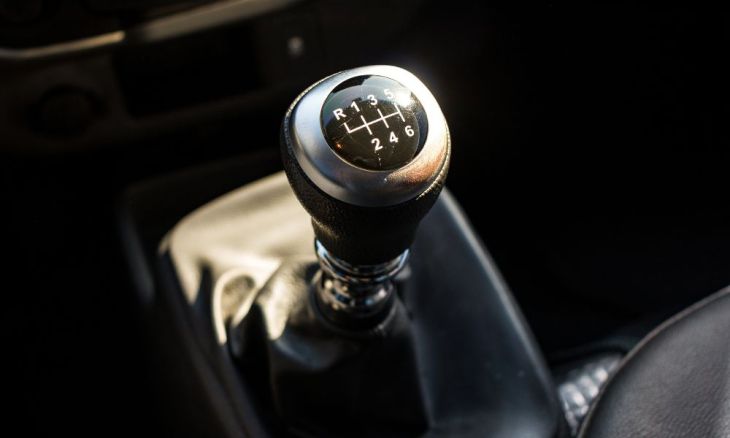
Our use of vehicles has led to some of the most interesting mechanical and technological developments. The engines, battery power, and vehicle structures we use today are products of what we have developed, and they make cars different from each other. A vehicle’s transmission is an important feature, with the option of automatic and manual, and each has its mechanics that cause the car to run.
What Is a Vehicle’s Transmission?
The transmission of a vehicle is the essential component that allows the car to change the gears of its system, making it speed up. This system converts chemical energy into mechanical energy by taking the combustion from gasoline in the engine that causes the pistons in the engine block to move.
The pistons then rotate the crankshaft and turn the transmission. A vehicle’s transmission is usually under the engine. Depending on the transmission type, the vehicle may require different methods to change the gears that allow it to speed up.
Manual Transmission
Manual transmission dates back to the 1950s, when automobile manufacturers advanced certain mechanisms. This type of transmission was also known as a gearbox, courtesy of its multiple gears. To operate a manual transmission, you need to rely on the clutch pedal, which is located on the left-most side in vehicles of this type.
The clutch connects the driving shaft of the motor to the transmission that controls the turning of the wheels. When you need to switch to a different gear, the clutch will connect the two parts and cause a torque transfer, allowing the vehicle to speed up. You’ll find most manual transmission vehicles in Europe, where automobile manufacturers still produce them at average rates compared to the US, which is slowly decreasing its supply.
Automatic Transmission
Automatic transmission is one of the more common aspects of vehicles in the US. Manufacturers initially produced this type of transmission in the early 1940s, and its popularity has grown ever since. The main differences between manual and automatic transmissions are the use of a gear shift in the manual and the lack of a gear shift in the automatic. An automatic transmission can change gears depending on how fast you’re going and how much you speed up.
The lack of input for gear shifting has made vehicles with automatic transmission more popular, but they require more engine maintenance to help them last longer. The manual transmission has a more straightforward design, so the transmission is less likely to malfunction.
The transmission of a vehicle is an essential piece of its functionality. Manual and automatic transmissions have their differences, but both are great options for the driving abilities of a car.






